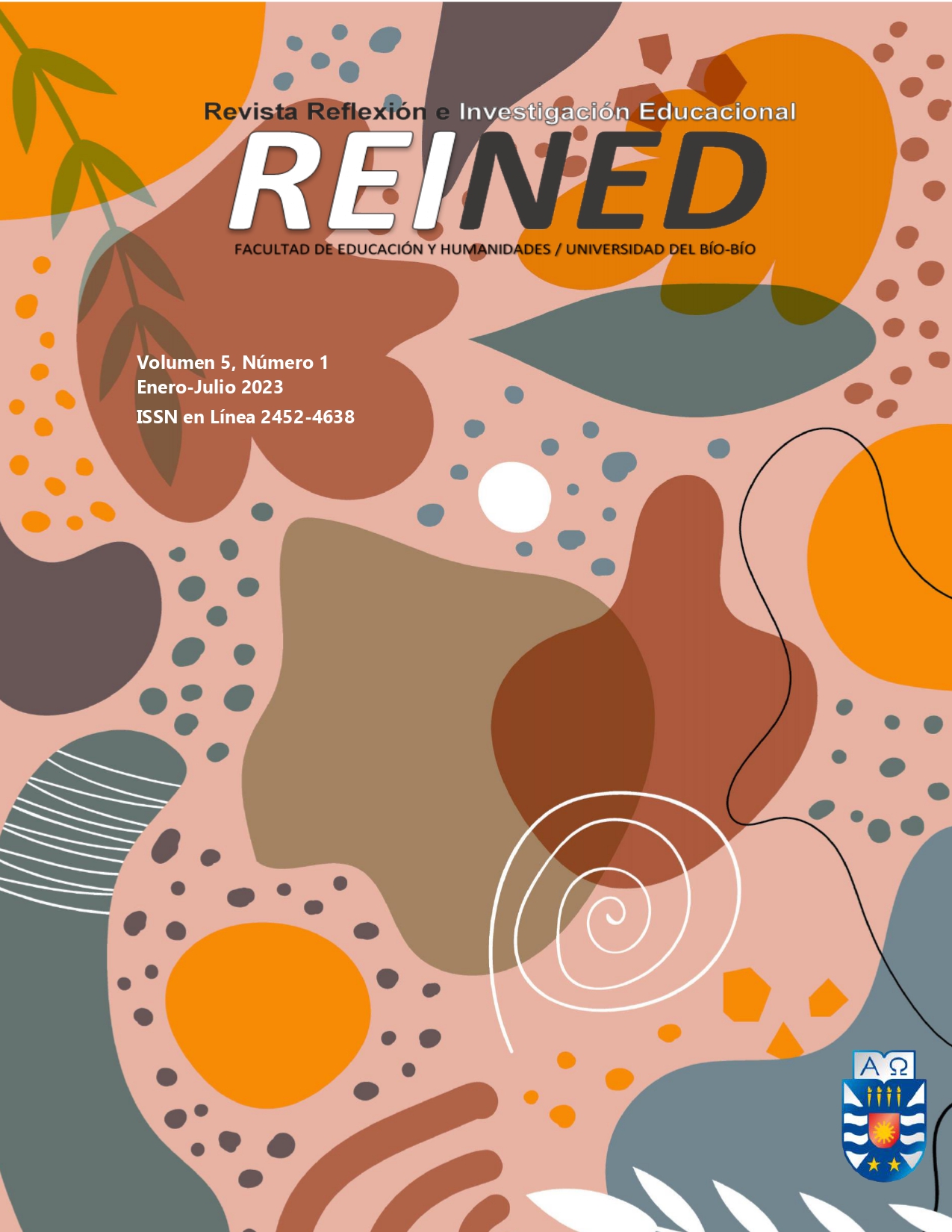Formación del profesorado en actividad física adaptada durante las clases virtuales
Contenido principal del artículo
Resumen
Entre las diversas consecuencias derivadas de la pandemia desencadenada por la COVID-19 en 2020, se destacaron las interferencias em el contexto educativo, que llevaron a la necesidad de reorganizar la formación académica universitaria para las clases virtuales orientada a la formación de docentes em las más diversas áreas del conocimiento. Así, ese estudio tuvo como objetivo identificar qué recursos y estrategias didácticas han desarrollado los docentes da las IES para formar a los profesores en AFA durante las clases virtuales. Se desarrolló una investigación descriptiva, utilizando como estrategia el estudio de caso, con 32 docentes de IES brasileñas públicas y privadas que impartió a disciplina Actividad Física Adaptada durante las clases virtuales y que estaban vinculados a SOBAMA. Como instrumento de recolección de datos se utilizó el cuestionario online, enviado por e-mail (Google Forms), con 34 preguntas abiertas y cerradas, elaboradas por la investigadora. El análisis de los datos se basó en el análisis descriptivo y temático. El perfil de los docentes demostró la importancia de la especialidad de los profesionales que actúan em la educación superior, invirtiendo e dedicando tiempo a su carrera académica. Hubo mayor atención a las clases prácticas, las cuales tuvieron que ser adaptadas de acuerdo a las clases virtuales. Estas adaptaciones involucraron los criterios de evaluación, la especificación de herramientas sincrónicas y asincrónicas, las estrategias didácticas, el uso de referencias accesibles digitalmente, la distribución de la carga de trabajo, la forma de abordar los contenidos y la descripción del lugar. Este estudio permitió identificar que los profesores reorganizaran sus disciplinas, así como modificaran las estrategias de enseñanza y flexibilizaran los criterios de evaluación. Sin embargo, para eso fue necesario suprimir los contenidos y actividades prácticas, interfiriendo en las experiencias de los estudiantes en formación con el PEE.
Detalles del artículo
Citas
Brasil. (2017). Constituição da República Federativa do Brasil - atualizada até a Emenda Constitucional nº 96, de 6 de junho de 2017, São Paulo, p. 15 – 216, setembro de 2017.
Brasil. (2018). Ministério da Educação. Conselho Nacional de Educação. Câmara de Educação Superior. Resolução Nº 6, de 18 de dezembro de 2018. Institui as Diretrizes Curriculares Nacionais dos Cursos de Graduação em Educação Física.
Brasil. (2020). Ministério da Educação. Gabinete do Ministro. Portaria nº 343, de 17 de março de 2020. Dispõe sobre a substituição das aulas presenciais por aulas em meios digitais enquanto durar a situação de pandemia do Novo Coronavírus - COVID-19. Diário Oficial da União, Brasília, DF, ed. 53, 18 mar.
Brantlinger, E., Jiménez, R., Klingner, J., Pugach, M., & Richardson, V. (2005). Qualitative studies in Special Education. Bloomington: Council for Exceptional Children, 71(2), 195-207. https://doi.org/10.1177/0014402905071002 DOI: https://doi.org/10.1177/001440290507100205
Mahl, E., & Munster, M. A. (2015). Análise das dissertações e teses do PPGEEs/UFSCar na interface Educação Física e Educação Especial. Revista Brasileira de Educação Especial, Marilia, 21(2), 299-318. DOI: https://doi.org/10.1590/S1413-65382115000200010
Munster, M. A., Rossi, P., y Fernandes, E. F. (2012). Diretório dos grupos de pesquisa do CNPq: análise da produção científica em Atividade Física Adaptada. Revista da SOBAMA, Ilhéus, 13(2), 18-24.
Masetto, M. T. (org.). (2002). Docência na Universidade. 4. ed. Campinas: Papirus.
Schmitt, D. C., Bugalho, D. K., & Kruger, S. D. (2021). Percepções docentes e às estratégias de ensinoaprendizagem durante o isolamento social motivado pela covid-19. Revista Catarinense da Ciência Contábil, Florianópolis, 20, 1-19. DOI: https://doi.org/10.16930/2237-766220213133

